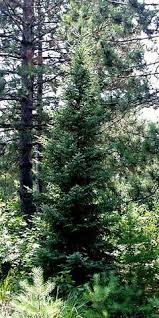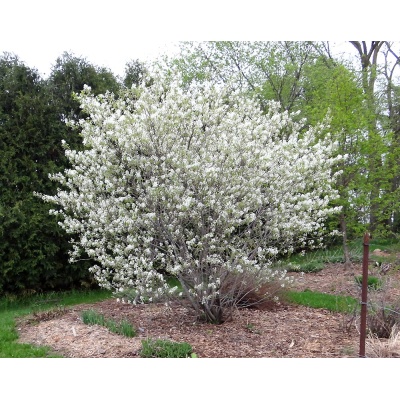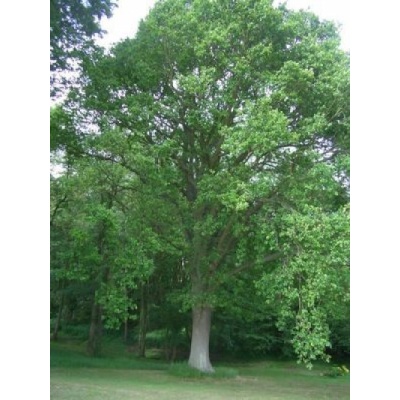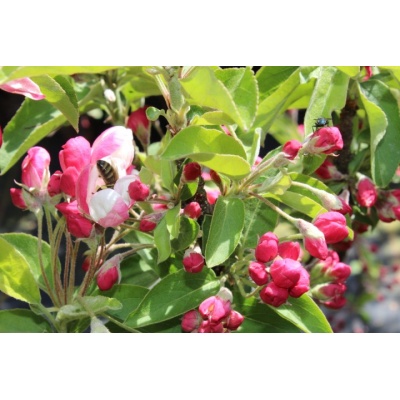Description
 Picea mariana
Picea mariana
Black Spruce
Black spruce is a small, narrow evergreen tree with a spire-like crown. It has descending branches, with dark, bluish-green needles, and upturned ends. Lower limbs sweep the ground. It is an excellent choice for cold northern climates and tolerant of wet sites.
All Common Names: Black spruce, Bog spruce, Swamp spruce
Foliage: Evergreen (foliage year-round)
Size Range: Large tree (more than 40 feet),
Light Exposure: Full sun (6 hrs direct light daily)
Hardiness Zones: Zone 2,
Soil Preference: Acid soil, Moist, well-drained soil, Wet soil
Tolerances: Occasional drought, Wet sites
- Shape or Form: Narrow,
Pyramidal, Upright
- Growth Rate: Slow
Size & Form
30 to 50 feet high and 20 to 30 feet wide. The tree is very narrow and conical to spire-like with descending branches. Lower limbs sweep the ground.
Tree & Plant Care
Does best in cold northern climates. It may be stressed in warm summers or below zone 6 temperatures. The shallow, spreading root system benefits from a 3-4” layer of organic mulch. Spruce need very little in the way of pruning.
Disease, pests, and problems
No serious disease or insect problems but needle rusts and cankers can
occur. Due to its shallow root system, black spruce is prone to
wind throw (uprooting by wind).
Native geographic location and habitat
Native to northern North America, from Newfoundland to Alaska, Pennsylvania,
Minnesota and central British Columbia
Attracts birds & butterflies
Twigs, leaves and seeds are important wildlife food. Very valuable as
nesting sites for birds.
Bark color and texture
Bark is dark gray, thin and scaly. As bark breaks into scales, the
inner green bark is revealed.
Leaf or needle arrangement, size, shape, and texture
Blue green, stiff needles are attached singly to the stem, paler
underneath.
Fruit, cone, nut, and seed descriptions
The cones are the smallest of all of the spruces, rounded to
spindle-shape, dark purple ripening red-brown, produced in dense
clusters in the top of the tree. Cones are known to persist for
several years.




Reviews
There are no reviews yet.